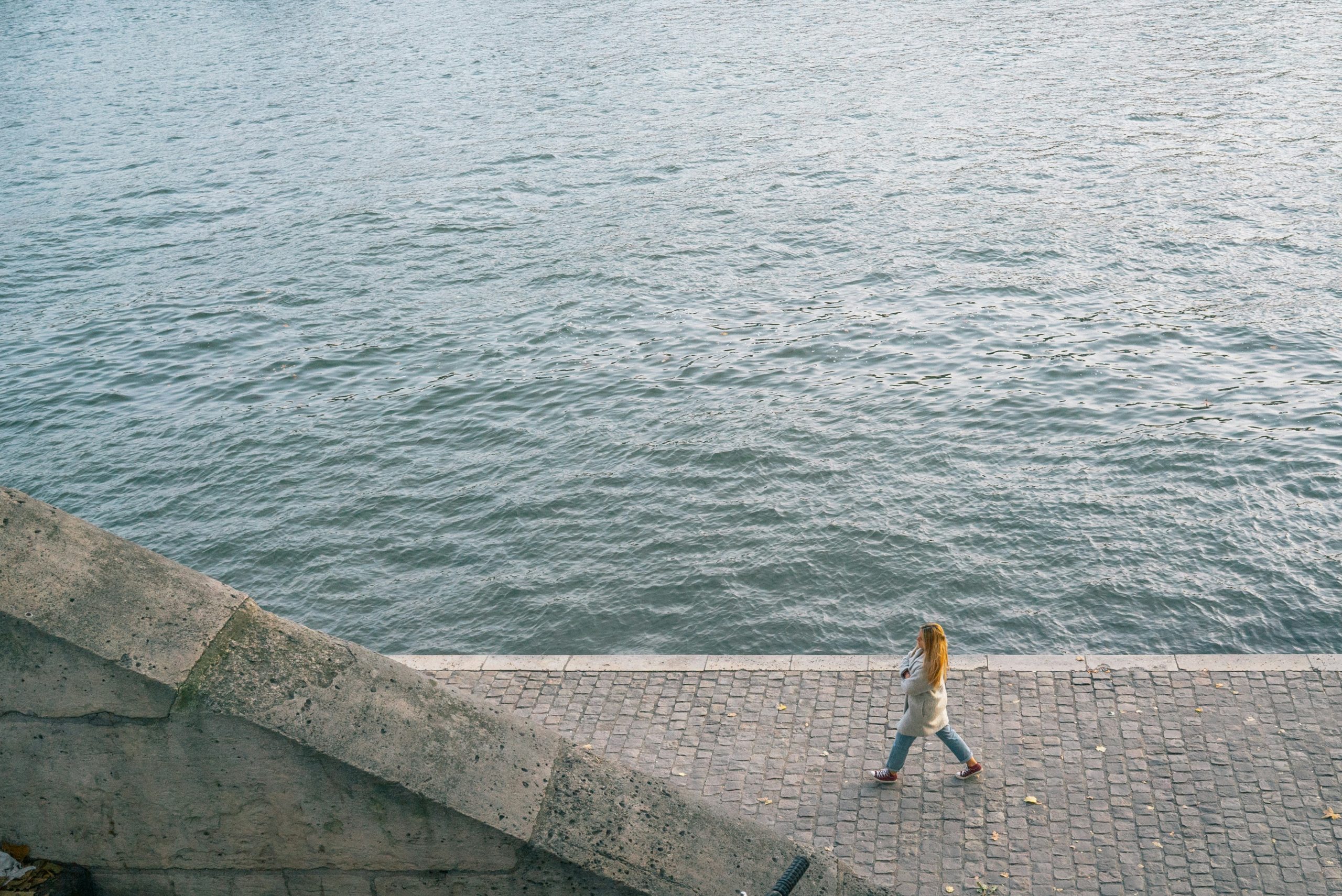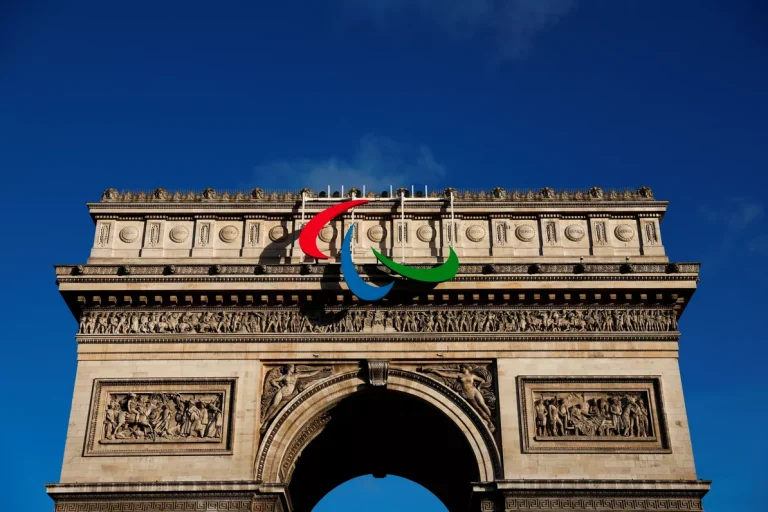Duration : 1h30
Difficulty : Easy
Whether you’re an unconditional fan of street art or just curious, we suggest you try this itinerary, which will definitely be a change from your common or garden tourist sights. It’s located in Vitry-sur-Seine.

We start off at the n°44002 Paul Vaillant-Couturier – Gare RER Vélib’ station, right next to Vitry-sur-Seine train station.
Let’s start with a little historical background. It was Christian Guémy, alias C215, who was the driving force behind the street art wave in Vitry-sur-Seine. In 2009 he set up his first workshop here. Since then, his portraits have become synonymous with the town. C215’s work has created opportunities for other artists, both local and international. His ‘Vitry-Jams’, special days dedicated specifically to street art, have given artists from all over the world a platform to produce their work unhindered. (Editor’s note – this event has been organized by the Vitry’n Urbaine non-profit since 2014).
We mount our Vélibs and pedal off down Avenue Paul Vaillant Couturier, where the trees offer us a little shade. There are examples of graffiti everywhere, whilst the walls of buildings are adorned with splashes of colour here and there.
Our first stop is in a small park at the intersection with Avenue Jean Jaurès. Here we can see the first artwork on our itinerary: a cormorant in black and white.

ROA’s cormorant
Understated elegance is the hallmark of this Belgian artist, who goes by the name ROA. Over the course of his career he has created a veritable bestiary beautifying cities the world over. The artist began his career with giant rats in an abandoned warehouse near Ghent; now his work is exhibited in world-famous galleries.
ROA is viewed as an artist who creates works that very much take their physical surroundings into account. Through his art, he aims to bring the natural world back into the urban landscape and brownfield sites. He paints mostly with brushes and spray cans.
We continue on our ride, crossing the intersection and descending Avenue Guy Môquet before coming to Place Jean Martin, where we stop in a small outdoor area with its very own open-air gallery.

Alain Bernard, C215
This area was the old entrance to the château of Vitry-sur-Seine, which was demolished after the major flood of 1910. This place has been totally transformed by street art. Here we can see works by C215, TNB – a major player on the international street art scene – and Tacos, who boasts an inimitable, psychedelic style.
Street art is not permanent or unchanging. It’s fleeting by nature, always being intricately bound up with the changing faces of its urban habitats. For instance, the central wall of this particular open space is soon to be revamped by the Vitry‘n Urbaine non-profit and Ateliers Urbains so as to depict the tragic tale of the Petit-Val murders, a mysterious crime in which 5 people lost their lives in 1796.
After leaving Place Jean Martin we cross the Place du marché, next to the church of Saint-Germain. At the entrance to an underground carpark we have a work by the SWM (Save the World from Monotony) collective: the vibrant colours and grotesque features of the pirates definitely live up to the collective’s name.

The SWM collective
Crossing the square, we arrive at Avenue Henri Barbusse. At the entrance to the Exploradôme are portraits of Pierre and Marie Curie by C215. Here, the artist has based his work on an old stamp design and, unusually for him, has signed with his real name, Christian Guémy – testament to his personal admiration for these two household names.

Bantu Warrior, Kouka
Just turn around and you’ll see a huge Bantu warrior covering almost the entire side of an apartment block. This work is by the French-Congolese artist Kouka.
Kouka first began painting these warriors in 2008 on a building in a military training camp in Gabon. Since then, from their vantage points on building façades they have watched over cities around the world, from the US to Australia and even Russia.
A second Bantu warrior is depicted on another building on the same avenue. From down below, it’s hard not to feel like we’re being watched by these imposing figures.
Kouka applies paint directly to the walls with the help of a cherry picker and rollers. This can be seen from the minor errors in how the bodies are depicted. This is what is called the neo-muralist approach – creating large-scale works as quickly as possible.
On the other side of the street from the second Bantu warrior we see work by Austrian artist HNRX in the shape of pipe-like lengths of flesh being gulped down. This rather disturbing work is a fierce critique of the excesses of consumer society and junk food.
Continuing on our journey, we arrive in a small square beside Rue Audigeois where we find a whale, originally painted upon a 9 metre length of Kraft paper in a studio by the Bobart collective. Its Japanese-style lines, executed using a paintbrush, make a powerful appeal to look after our oceans. (You may be interested to know that it was the daughter of one of the artists who painted the waves).
This work is a prime example of the role that street art plays in public spaces. It’s a rather neglected spot, which has now been repurposed and returned to the local community. Reclaiming this area isn’t just about art – there’s a social and communal benefit to it as well.

Icy & Sot
Not far from the whale, Iranian artists Icy & Sot have painted some children behind a fence in an attack on the practice of child labour. It’s impossible to see the contrast between the blue sky and the black and white of the figures without feeling something of the pain experienced by the children.
Next, we go down the cycle lane on Rue Audigeois to see the last two works on this itinerary.

Edith Piaf and portrait of a bare-breasted woman, Zabou and Santiago Hermes
Here we have two female portraits. The first shows Edith Piaf, created by Zabou using a stencil. The second is of a bare-breasted woman. This second work is by Santiago Hermes. It represents Cienfuegos, the Cuban artist’s native city.
We continue along Avenue de l’Abbé Roger Derry towards the train station to set our Vélibs down. We stop one last time to admire artist Dona’s mosaic of Marwan Barghouti, a Palestinian politician currently in jail in Israel.
Vitry-sur-Seine has more surprises in store. For those looking to continue their journey of discovery, they can go on to Paris’ 13th district via Ivry-sur-Seine. Alternatively, head for Choisy-le-Roi, where there are other artworks and other artists waiting to be discovered.
Street art is everywhere, a thread of many colours that connects our city and its inhabitants against an urban backdrop that is simultaneously fascinating and unsettling.
 Security Partner Cosmo Connected
Security Partner Cosmo Connected
Street art is by its very nature temporary. As a result, it’s possible that some works featuring in this article may disappear over time. It’s all part of the beauty of street art – it’s constantly being renewed!




